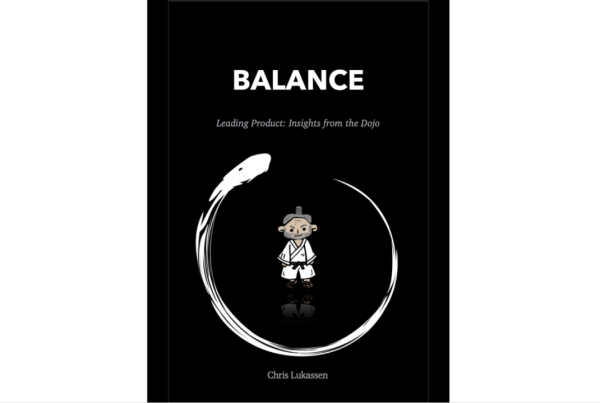We all thrive on positive reinforcement. You might think you don’t, but you do. Young and old, we all do.
We’re all different of course and what works for you may not be what works for me. As Aubrey C. Daniels wrote in his best-selling classic Bringing Out the Best in People, “Whether natural or created, what is reinforcing to a person is highly individualistic. […] This means that in order to reinforce effectively, you must first understand what people want or like to spend time or effort to obtain.” (Daniels, 2016, p. 67) Get dragged on stage to receive public recognition for some work well done? I’d rather squirt lime juice in my eyes – for me, the very essence of negative reinforcement.
We often hear about the need to offer positive reinforcement to team members, but it’s not only team members who need positive reinforcement. People in positions of authority, whether they be parents, teachers, coaches, managers or supervisors, also need it.
One of the settings in which I personally receive the most positive reinforcement is when I’m teaching judo, which is undoubtedly why I enjoy it so much. If what I do on the mats made me miserable, how likely is it that I would have kept it going for so long?
I love teaching all levels but there’s something uniquely satisfying to me about teaching beginners, which provides me highly concentrated positive reinforcement as students quickly ramp up in the first few months of instruction.
What form does positive reinforcement take on for me? In a nutshell: seeing the students learn, grow their skills, physical abilities, and confidence, and have fun doing it.
The positive reinforcement I receive from teaching judo is both timely and frequent – two important aspects of effective reinforcement: I teach a new technique and get to immediately enjoy watching the students as they try to apply it. It’s not perfect – how could it be? – but just a few minutes ago, they had never even attempted it and now, they’re actually doing it! If my approach lands a bit flat, I adjust. If that works better, I have the satisfaction of seeing smiles on many faces as students get to enjoy their small but important accomplishment. Feedback and positive reinforcement, all around.
Every class, our students’ physical abilities grow a little; their breakfalls get better; their techniques get cleaner and more controlled. We inevitably lose some students here and there throughout the term, but the vast majority keep coming back. They leave the dojo in small groups, friendships being formed before our eyes as the term goes by. And as they step off the mats, many stop to thank us for the class.
You will have noticed by now that money doesn’t come into it at all. If you’ve been following me for any length of time, you know that I’m a volunteer instructor in an all-volunteer club. So, no base comp, and no annual bonus. I also don’t have a judo boss. I don’t get awards. What I have is the pleasure of being part of a community of people who come together to make the experience at our club the very best that it can be for all that are involved. That, and lots of positive reinforcement along the way that encourages me to keep improving.
What you may also have gathered by now is that negative approaches – what Daniels describes as “do it or else” (Daniels, 2016, p. 57) – have no place at all in our dojo. Not from the instructors, and not from other students. As Daniels observed, “Positive reinforcement maximizes performance, while negative reinforcement gets a level of performance that is just enough to get by—just enough to avoid some unpleasant consequence.” (Daniels, 2016, p. 51) How long will people stick around when all they have to do to make the unpleasantness go away is to opt out of whatever you are inflicting on them? As for those who can’t leave for whatever reason, do you really think they’re giving the best that they have to offer?
To paraphrase Daniels, when people perform poorly, it tells us more about the environment than about the performer. (Daniels, 2016, p. 56) You want to help others improve their performance in a way that really sticks over the long term? Create a safe environment in which people receive lots of positive reinforcement for the desired behaviors, little reinforcement of the negative kind (shouldn’t be required, anyway), and feel valued for who they are and what they do. Want to be the best that you can be? Seek the kind of environments that do the same for you.



